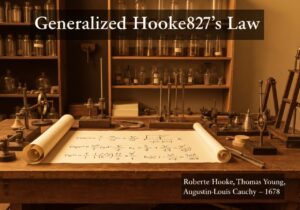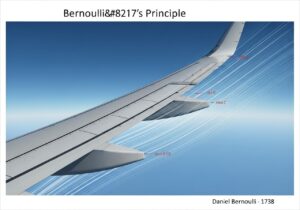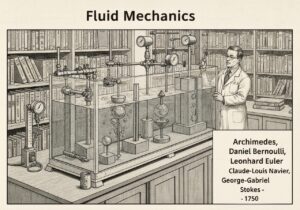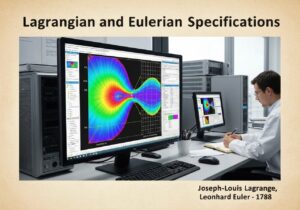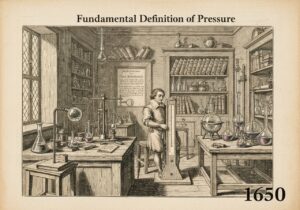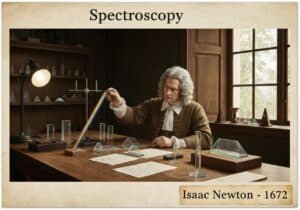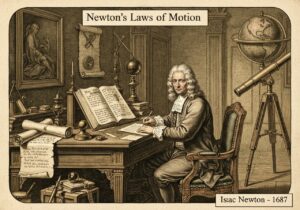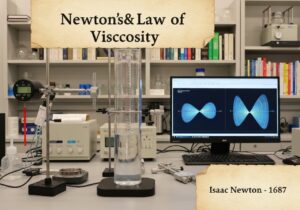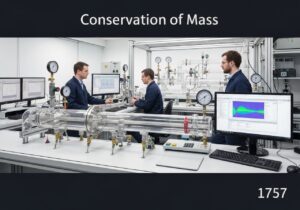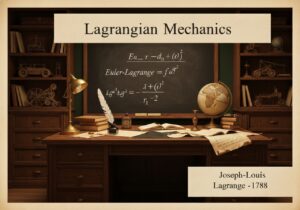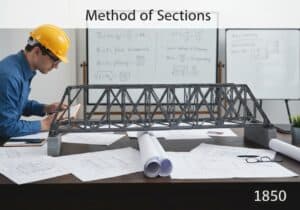This law states that every particle attracts every other particle in the universe with a force directly proportional to the product of their masses and inversely proportional to the square of the distance between their centers. The formula is [latex]F = G \frac{m_1 m_2}{r^2}[/latex], where [latex]G[/latex] is the gravitational constant. It unified terrestrial and celestial 力学.
牛顿万有引力定律
- Isaac Newton
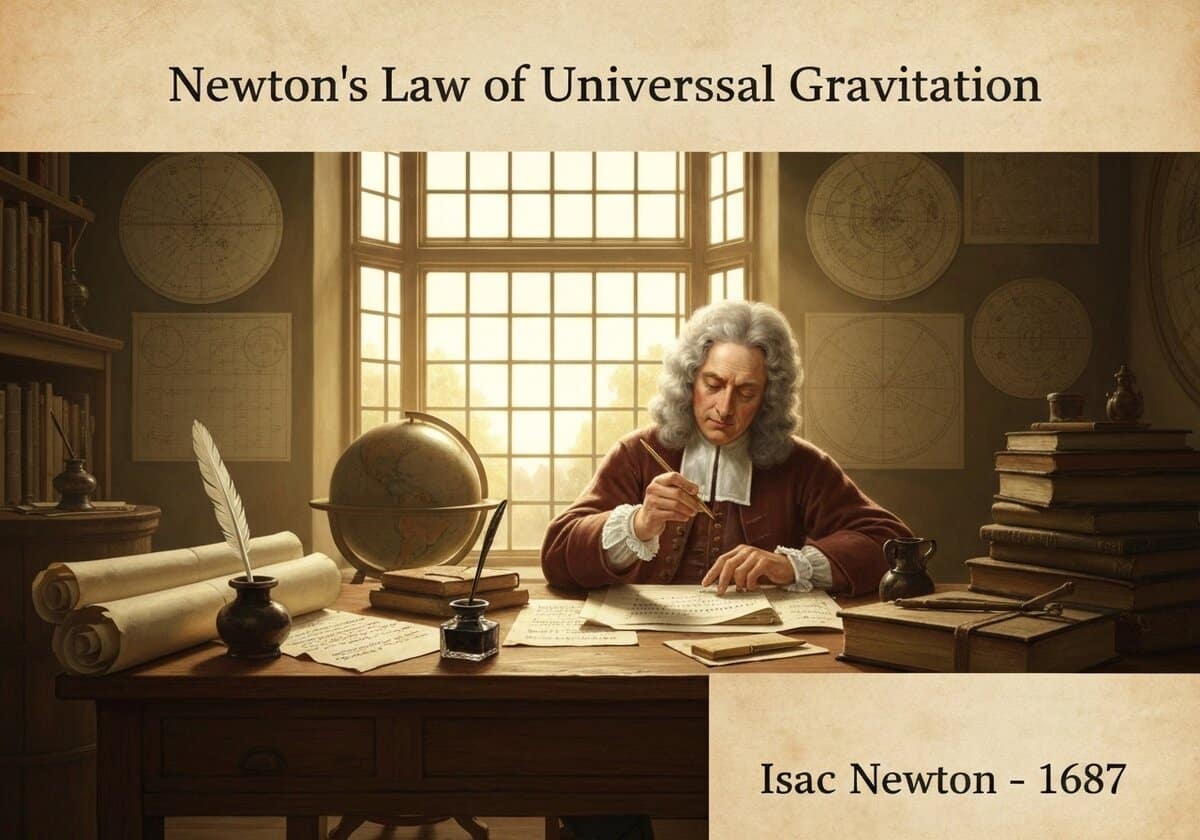
Newton’s law of universal gravitation was a landmark achievement, also published in his *Principia Mathematica*. It proposed a single, universal principle to explain both the falling of an 苹 on Earth and the orbits of the planets around the Sun, unifying terrestrial and celestial mechanics for the first time.
The law is expressed by the equation [latex]F = G \frac{m_1 m_2}{r^2}[/latex]. This equation embodies several profound concepts. The force is proportional to the product of the two masses ([latex]m_1[/latex] and [latex]m_2[/latex]), indicating that gravity is a property of mass itself. The force follows an inverse-square law, meaning it weakens with the square of the distance [latex]r[/latex] between the objects. This mathematical form was crucial for correctly deriving Kepler’s laws of planetary motion. The force is always attractive and acts along the line connecting the centers of the two bodies. The constant of proportionality, [latex]G[/latex], is the universal gravitational constant, a fundamental constant of nature whose value must be determined experimentally. Henry Cavendish first measured it with precision in 1798.
Newton’s theory was incredibly successful, allowing for precise predictions of planetary positions, explaining the ocean tides as a result of the Moon’s and Sun’s gravitational pull, and even leading to the discovery of Neptune through its gravitational perturbations on Uranus’s orbit.
Despite its success, the theory had conceptual difficulties, such as the idea of ‘action at a distance’—how gravity could act instantaneously across empty space. It also failed to perfectly account for the precession of Mercury’s orbit. These issues were ultimately resolved by Albert Einstein’s theory of General Relativity, which describes gravity not as a force, but as the curvature of spacetime caused by mass and energy. Nevertheless, Newton’s law remains an excellent and highly accurate approximation for nearly all practical applications.
类型
中断
使用方法
前体
- Kepler’s laws of planetary motion
- Galileo’s work on falling bodies
- Robert Hooke’s suggestions on an inverse-square law
- 哥白尼日心说
应用
- 计算卫星和行星轨道
- 预测潮汐
- 太空探索 mission planning (e.g., gravity assist maneuvers)
- 矿床地球物理勘探
- 预测行星的存在(例如海王星)
专利:
迎接新挑战
机械工程师、项目、工艺工程师或研发经理
可在短时间内接受新的挑战。
通过 LinkedIn 联系我
塑料金属电子集成、成本设计、GMP、人体工程学、中高容量设备和耗材、精益制造、受监管行业、CE 和 FDA、CAD、Solidworks、精益西格玛黑带、医疗 ISO 13485
历史背景
牛顿万有引力定律
(如果日期不详或不相关,例如 "流体力学",则对其显著出现的时间作了四舍五入的估计)。
相关发明、创新和技术原理


